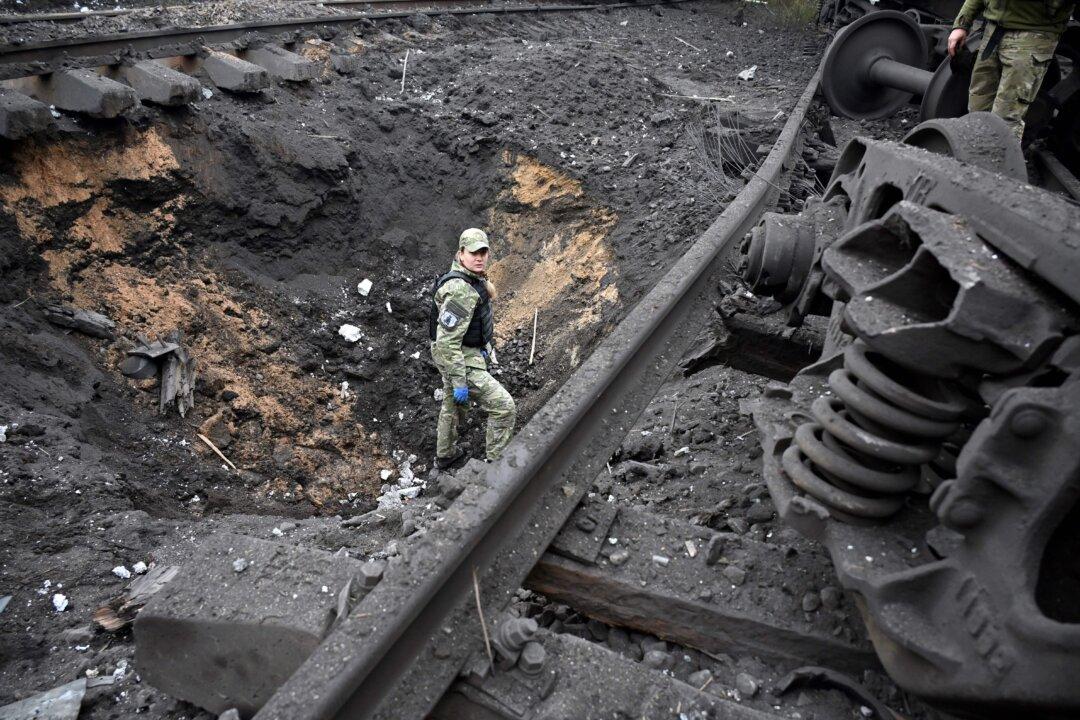Many Chinese artillery shells were used by the Ukrainian forces in the ongoing war against Russia. However, those weapons were not supplied by China—they came from Albania. This brings to light the history between the Communist Party of Albania (CPA) and the Chinese Communist Party (CCP) during the Cold War that many may have forgotten.
On Sept. 17, the Ukraine Weapons Tracker (UWT), a Twitter account that tracks developments in the Ukraine-Russia war, posted a video of weapons left behind by the Russian army, including several Chinese Type 63 60 mm mortar shells, which were seized by Ukrainian soldiers. The video shows that the shell body and the shell storage boxes have simplified Chinese characters printed on them.





